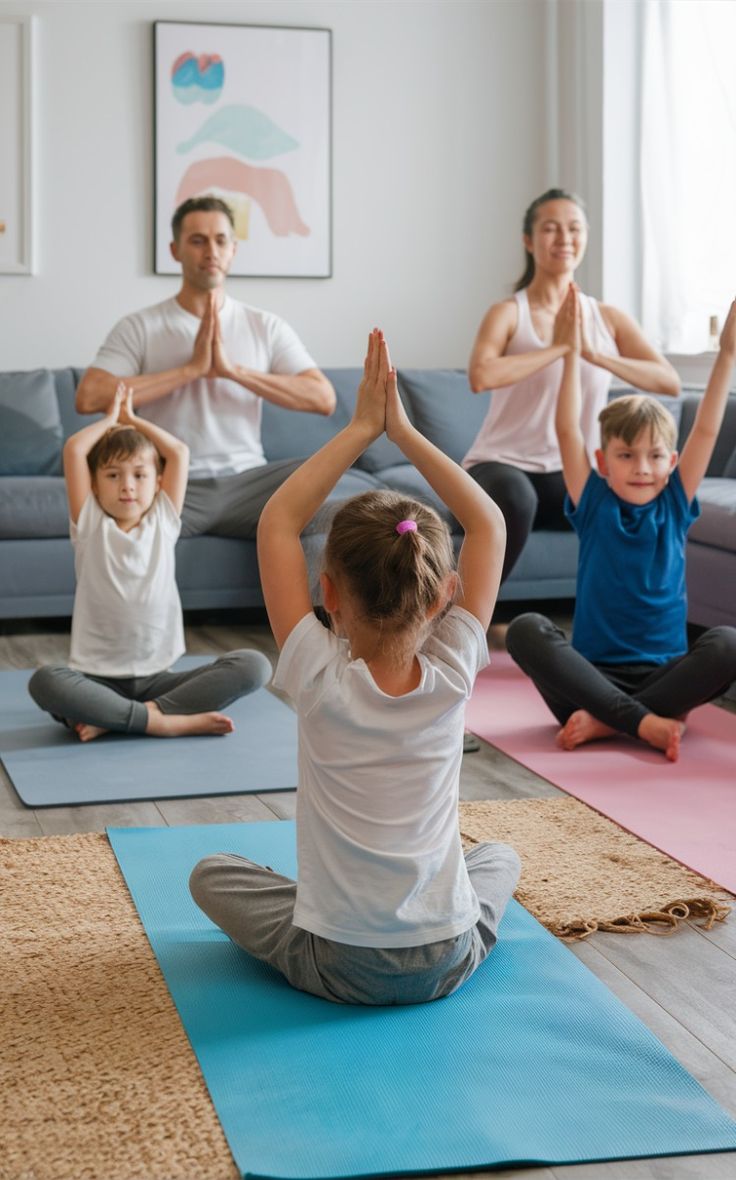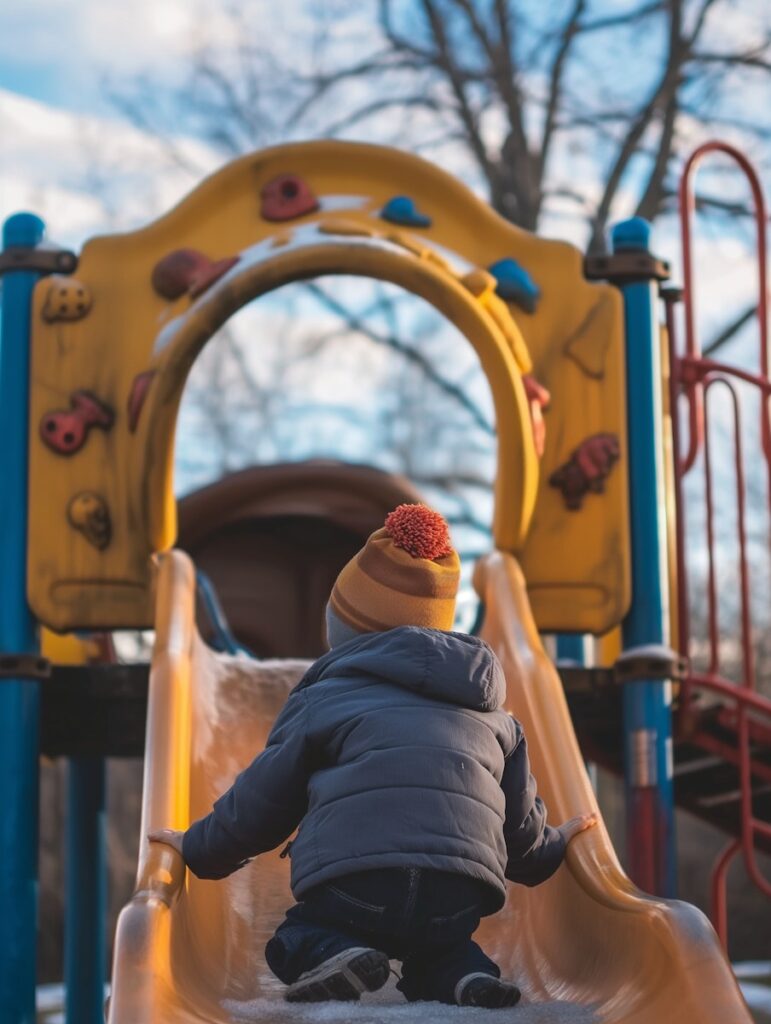Introduction
In today’s screen-dominated world, children are increasingly drawn into sedentary routines, from binge-watching shows to playing video games and attending virtual classes. However, physical activity is essential for a child’s holistic development—boosting physical, mental, and emotional well-being. The great news? You don’t need a gym or a strict routine to keep kids active. The key lies in weaving movement into their daily activities in enjoyable and engaging ways. This blog offers practical, fun, and effective ways to naturally include physical activity in your child’s day, whether at home, at school, or during downtime.
Why Physical Activity Matters for Children

Regular movement has lasting benefits for children. It helps strengthen bones and muscles, supports healthy weight management, improves sleep quality, and boosts mood and confidence. Exercise also enhances academic focus and reduces stress. According to the World Health Organization (WHO), children aged 5–17 should get at least 60 minutes of moderate-to-vigorous activity daily, which can be broken into manageable sessions. Making activity part of your child’s lifestyle from an early age builds healthy habits that last a lifetime.
Start the Day with Movement

Morning exercise energizes kids and sets a positive tone for the day. A short burst of activity helps wake up their minds and bodies. Ideas include 5-10 minutes of yoga, a quick dance session, jumping jacks, or jogging in place. These movements improve blood flow, boost alertness, and kickstart metabolism. Even simple stretching helps children feel refreshed and ready to learn. Incorporating this into their wake-up routine ensures that physical activity becomes a natural part of their lifestyle.
Turn Household Chores into Fun Workouts
Combine productivity with play by making chores active and fun. Turn tidying up into a game by racing to see who can pick up toys fastest, or challenge your child to a clean-up relay. Dancing while sweeping or turning laundry into arm exercises can make chores exciting. Use music, timers, or reward points to keep things engaging. This not only encourages movement but also builds responsibility and a sense of accomplishment.
Walk or Bike to School

If your child’s school is nearby, walking or biking offers a great opportunity to include exercise. It helps them stay alert, manage energy, and feel refreshed throughout the day. If walking the entire way isn’t feasible, consider parking a few blocks away and walking the rest. These small changes promote cardiovascular health and create bonding time. Active commutes can also instill independence and a love for outdoor activity.
Plan Movement Breaks During Screen Time
Long sitting periods affect circulation and attention spans. Break it up with fun activity breaks! Set timers for every 30-40 minutes and do a quick movement: jumping jacks, stretches, a game of Simon Says, or a short dance. Movement breaks refresh the brain, reduce eye strain, and re-energize the body. Even a few minutes of movement can significantly improve your child’s focus, especially during online classes or homework sessions.
Encourage After-School Play

Unstructured play is a fantastic way for children to get physical activity while boosting creativity and social skills. Encourage outdoor games like tag, hopscotch, jump rope, or frisbee. Indoors, build obstacle courses or play hide and seek. After a school day spent sitting, this playtime is crucial for releasing pent-up energy and stress. Make it a daily routine to dedicate time for fun movement—rain or shine!
Make It a Family Affair

Kids mirror their parents. When you join in, exercise becomes a shared joy instead of a chore. Take family walks, ride bikes together, organize living room dance-offs, or go for weekend hikes. Include stretching or yoga sessions in your evening routine. Making fitness a family activity not only improves everyone’s health but also strengthens emotional bonds. Plus, it models a positive and consistent approach to an active lifestyle.
Track Progress and Celebrate Success

Motivate kids with visual progress tracking and rewards. Use sticker charts, step counters, or activity calendars. Create a fun family challenge or celebrate reaching weekly goals with an outing, praise, or new sports gear. Tracking progress helps kids see their improvement and builds a sense of achievement. Make it playful and positive, and your child will be more likely to stick with the routine.
Conclusion
Making physical activity part of your child’s routine is easier than you think. By turning everyday moments into chances for movement, you build habits that promote long-term health and happiness. Keep it fun, varied, and consistent. From morning stretches to bedtime yoga or a weekend hike, every step counts. When fitness is a joyful, family-focused experience, your child is more likely to embrace it for life.
Lead your way to us ezroots.in
